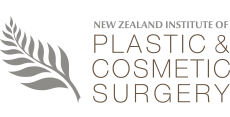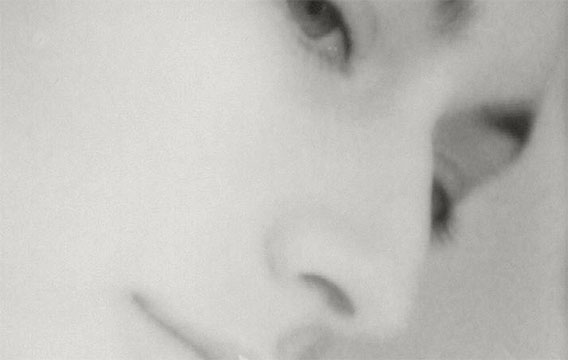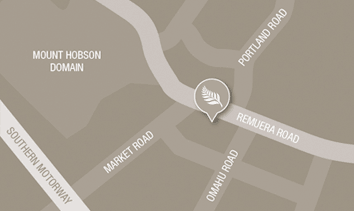Our Plastic Surgeons
Skilled and experienced plastic surgery experts
All four specialists are New Zealand trained plastic and cosmetic surgeons with a vast surgical experience over many years and many thousands of patients.
Frequently Asked Questions
What are the first steps?
Before meeting with a surgeon, you may want to discuss your expectations and concerns with one of our specialist nurses. She will give you information about this procedure and discuss what is involved in detail including post operative care and recovery. She will show you photographs of patients who have had this surgery to help you understand what can be achieved.
Prior to surgery, your NZIPCS surgeon will discuss your full medical history, with special attention to any underlying eye problems (e.g. dryness of the eye) and visual problems, and any current medications.
As well as examining your brow, your surgeon also will discuss the degree of elevation desired, the activity of the brow muscles, and the status of your upper eyelids, which often require excess skin removed in conjunction with a brow-lift.
Photographs will be taken before and after your surgery to plan the procedure and to record your results.
What does the surgery involve?
Most modern brow-lift surgery is performed endoscopically. Three to five small incisions are placed in the hairline. The brow tissue is then raised through the small incisions, so that it becomes fully mobile. With the assistance of a surgical telescope (endoscope) the nerves to the scalp are visualized and protected and appropriate muscle modification is carried out. The brow is then fixed in its new position.
Removal of excess skin in the upper eyelid may be necessary once the brow has been repositioned. Sometimes your surgeon may decide to correct the eyelids at the same time as your brow-lift, or he may delay the removal of upper eyelid skin until the brow has settled. If so, this operation can be performed under a local anaesthetic on an outpatient basis.
An endoscopic brow-lift is usually done as a day case under general anaesthesia. However, if it is part of a more comprehensive facial rejuvenation, your surgeon may recommend an overnight stay in hospital.
What is the recovery process?
After surgery you will have cold packs on your eyes and will be nursed in a semi-upright position – this is to minimise the amount of swelling and bruising of the eyelids. A head bandage may be in place overnight.
A small drain may be placed during the operation and is usually taken out the next day. Surgical staples are removed around the eighth day. Although a brow-lift isn’t usually painful, you can take mild pain-relieving medication if necessary.
Bruising is maximal in the first 72 hours after surgery. There could be minor bruising for up to a week, so cover makeup may be necessary.
It is important to restrict your normal activities in the first week following a brow-lift. Detailed work such as sewing or other handcrafts, excessive reading, writing, or computer work should be avoided, as your eyes will become very tired.
It is quite common for some numbness or itchiness to be present on the forehead and scalp following surgery, which can take some months to fully settle.
How much will it cost?
If you would like to know more about plastic surgery pricing, please view our Pricing page for an indication of what could be expected. You can also request a brochure or contact us for a personal consultation.
Request a complimentary consultation
Meet with our nurses for a complimentary, no obligation cosmetic surgery consultation to discuss procedures, processes and costs




